German studio Gutedort finds inspiration in unexpected places
Hidden Beauty
Like so many in the design world, our team is on its way to Milan this week for the annual Salone design festival. We can't wait to see all the great new projects in store, and promise to report back and share our favorite finds. One presentation we're particularly excited about already, however, is the Gutedort show at Ventura Lambrate. This up-and-coming German design studio explores natural materials and traditional processes to create unexpected design pieces characterized by uncommon appearances of beauty. Cofounders Eva Schlechte and Jennifer Hier (who met as textile design students at the Academy of Fine Arts in Stuttgart) will present two projects this week—Hidden Beauty/Inner Skins and Krautfarben. The first is a surprising series of accessories composed of animal innards; the latter considers the transience of color using red cabbage and anthocyanin dye.
We had a chance to chat with the design duo on the eve of their first Salone. Read on to learn more about these emerging talents.
AC: When did Hidden Beauty begin? And what was the original inspiration?
G: The project Hidden Beauty/Inner Skins originally began in 2012. On a journey in South America, while walking through a food market, Eva saw people selling and presenting animal parts and innards in a way we are not used to it in our German culture anymore. The structure and shape of the different [pieces] caught her interest. Back in Germany, we discussed our food industry. Jennifer remembered her grand parents slaughtering on their farm, so she could refer to the fact that today, we are dealing with animals in an unholisitic way. In revisiting the innards, we asked ourselves if there wasn't a hidden beauty and a higher value in those inner skins.
AC: How did you learn and master the intricate handicraft, vegetable tanning methods involved in the project? And where exactly do you get your materials?
G: In the beginning, we wanted to tan ourselves at our studio. After some experiments, we realized that to get the results we wanted, we would need professional support, which we found at Breuninger Leder Gmbh, a leather tannery. They gave us an introduction to the elaborate vegetable tanning process and offered us their facilities and kind support. We procure the innards from a nearby slaughterhouse, where most of them are dumped as special waste.
AC: What do you hope audiences take away from your work?
G: The Hidden Beauty project is about the question whether or not we can overcome stereotypical aesthetics and appreciate uncommon appearances of beauty. Innards are usually considered unappealing. We like to invite the audience to examine the objects open-mindedly, so that their unprecedented shapes and uncommon, leathery surface can reveal their hidden value [and perhaps even] contribute to a change of perspective on [a material] that, in former times, was used in many different ways.
AC: Will you be presenting any other projects at Ventura Lambrate?
G: Yes, we will be presenting our project Krautfarben. The concept of Krautfarben shows different approaches to handling the characteristics of the red cabbage. All approaches are based on the dye anthocyanin, which is able to convert its color into various different hues. Purple turns to shining pink or bright green—amazing colors you wouldn't [anticipate] in conjunction with a natural coloring agent such as red cabbage. In time, the fresh and bright colors change to pastel shades, which at the end are distinguished as delicate shades of grey. The transience of the colors is a central theme of the project. To observe and to accept the moment of changing and aging demands sensitivity and an understanding of the beauty of natural processes.
Thanks, Eva and Jennifer! Congrats on your Milan debut, and good luck this week!
To learn more about Gutedort, plus our other don't-miss-tips for this year's Ventura Lambrate exhibition in Milan, check out our latest feature, Get Fresh.
More to Love
Stadium Light by Niclas Jørgensen, 2017
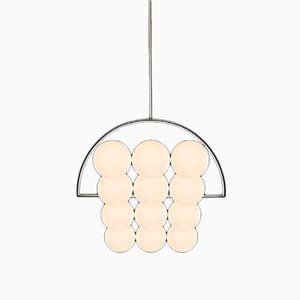
Weldgrown Wall Piece by Tomáš Libertíny, 2017

Weldgrown Wall Piece By Tomas Libertiny For Studio Libertiny, 2017
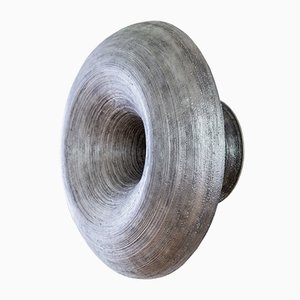
Blue Diptych by Tomáš Libertíny for Studio Libertiny, 2017, Set of 2
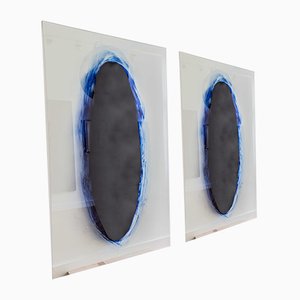
Belgian A Strange Symphony on Colours Vase by Philipp Weber for Christophe Genard, 2016
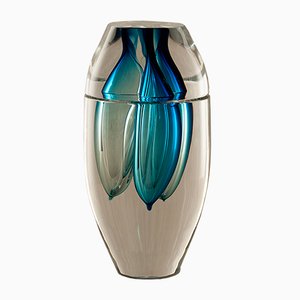
Meteoric Stone Rug by Studio GGSV (Gaëlle Gabillet & Stéphane Villard), 2017

Meteoric Stone Rug by Studio GGSV (Gaëlle Gabillet & Stéphane Villard), 2017

Pleasure Dome Supernova by Glenn Sestig Architects, 2016, Set of 3
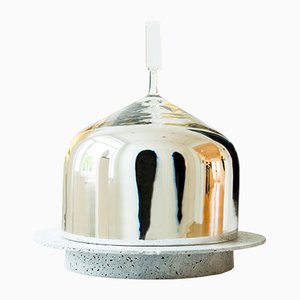
Moon Chandelier by Nathalie Dewez, 2016
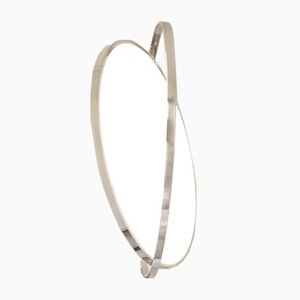
Balance Chrome Table Lamp by Nathalie Dewez, 2016
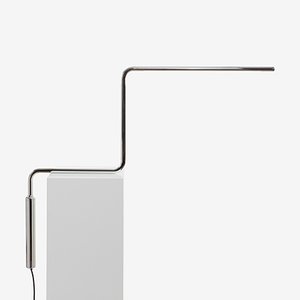
The Shelves by Kaspar Hamacher for Spazio Nobile, 2016, Set of 4

The Desk by Kaspar Hamacher, 2016
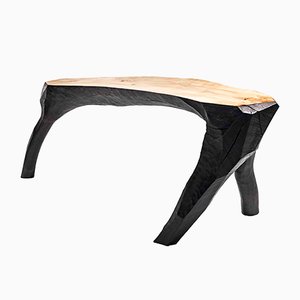
Borgesia Flesh Flower by Vincent Fournier for Materialise, 2015

Blow Table Lamp by Tomas Kral, 2014
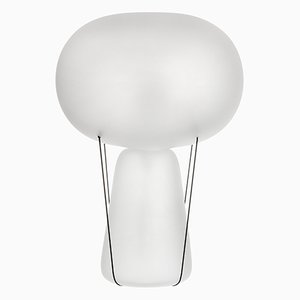
Candle Holder in Silver Plated Metal by Tomas Kral, 2016
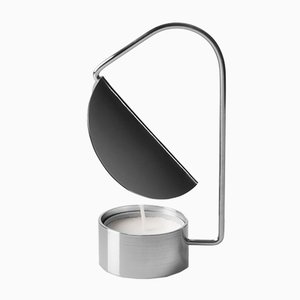
Clouds Vase by Lucile Soufflet, 2014
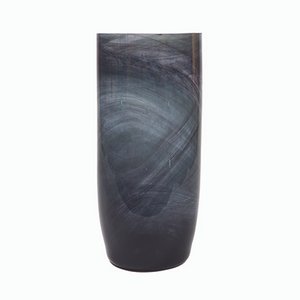
Chubby Stool by Alain Gilles for Verreum, 2016
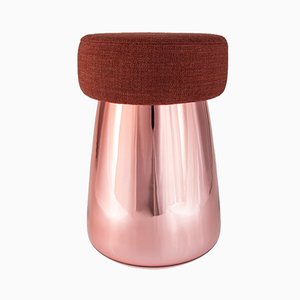
Chrome Still Ceiling Light by Nathalie Dewez, 2016

